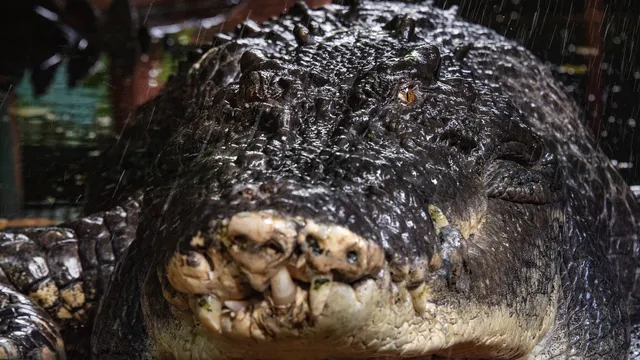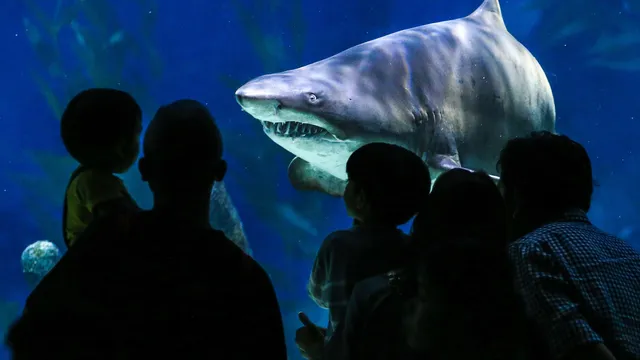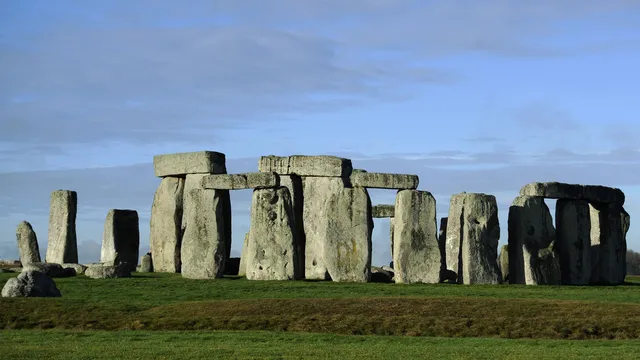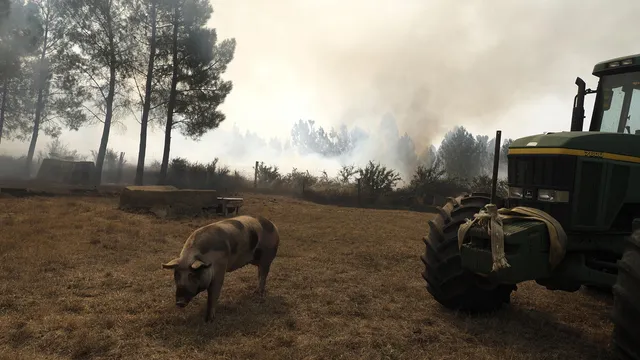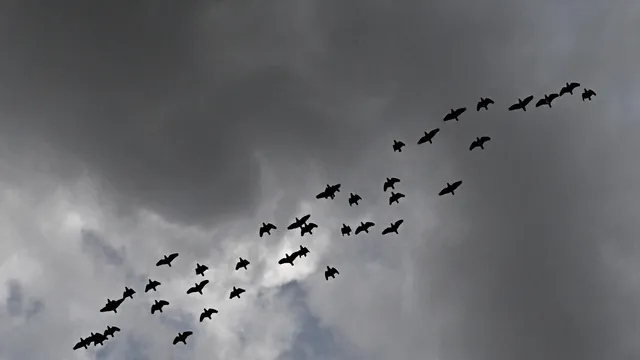Despite its many similarities to its modern descendants, Kostensuchus atrox, as it was called, stood out with its 3.5-meter frame and 250 kilograms of muscle. According to paleontologists, it possessed all the qualities of a predator capable of handling large prey, even medium-sized dinosaurs. Its discovery sheds light on a little-known aspect of the late Cretaceous ecosystem.
The most striking feature of this animal is its teeth. More than fifty sharp teeth, some over five centimeters long, covered its mouth. Their serrated appearance, comparable to the blades of a cleaver, reveals a clear ability to shred muscle and bone. These fearsome natural weapons allowed Kostensuchus to quickly dismember its prey, dominated by other large predators.
In March 2020, paleontologists discovered the fossil of this unusual crocodile. The wonderfully preserved specimen contained an entire skull and several skeletal elements, which is a real boon for research. Its name combines a reference to the Patagonian wind (kosten), the Egyptian crocodile-headed god (Souchos), and the Greek "atrox," meaning fierce.
Unlike modern crocodiles with long, flat snouts, Kostensuchus had an enlarged head adapted for enormous biting power. Its longer limbs suggest greater mobility on land, making it more likely to have been a terrestrial rather than strictly aquatic hunter. This unusual morphology indicates its adaptation to a hybrid lifestyle, capable of surprising prey both on shore and in the water.
Experts point out that its snout, with nostrils facing forward, did not allow for prolonged submersion, unlike that of its modern cousins. This confirms its role as a terrestrial rather than an amphibious creature. With a jaw designed to exert extreme pressure, Kostensuchus managed to rise to the top of the food chain. Predators and prey of that time had to contend with its presence, fearing the power of its jaws.
Kostensuchus atrox belongs to the now extinct group of peirosaurids, the last of which were wiped off the map during the great mass extinction 66 million years ago, writes New Scientist. While iconic dinosaurs attract attention, these extinct crocodiles are a reminder that they shared the territory with other equally impressive predators. This discovery sheds light on the richness and diversity of life forms at the end of the Cretaceous period, just before nature reshuffled the deck. I BGNES

 Breaking news
Breaking news
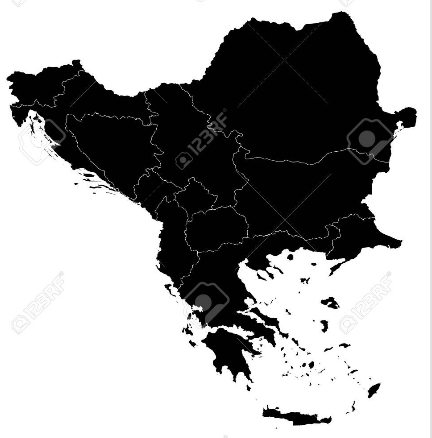 Europe
Europe
 Bulgaria
Bulgaria
